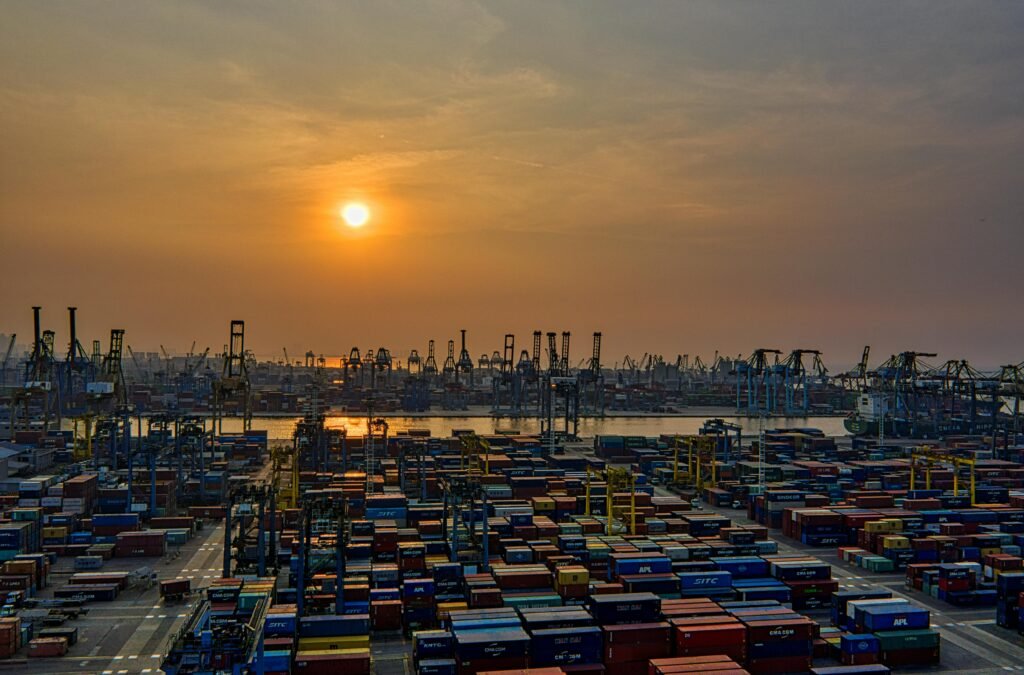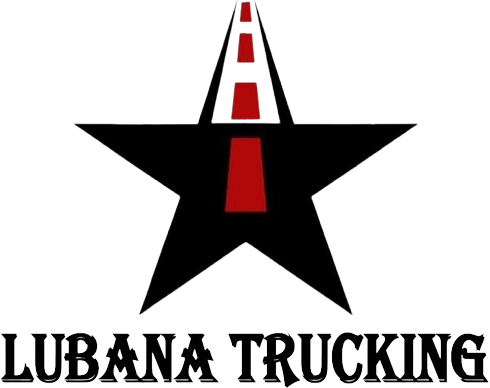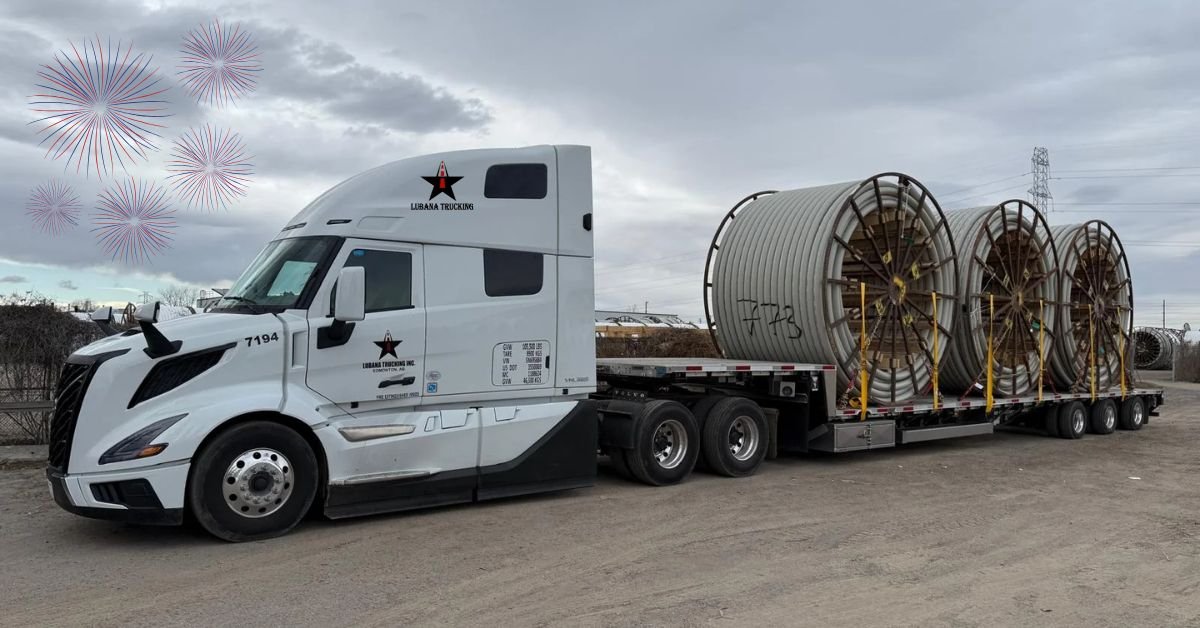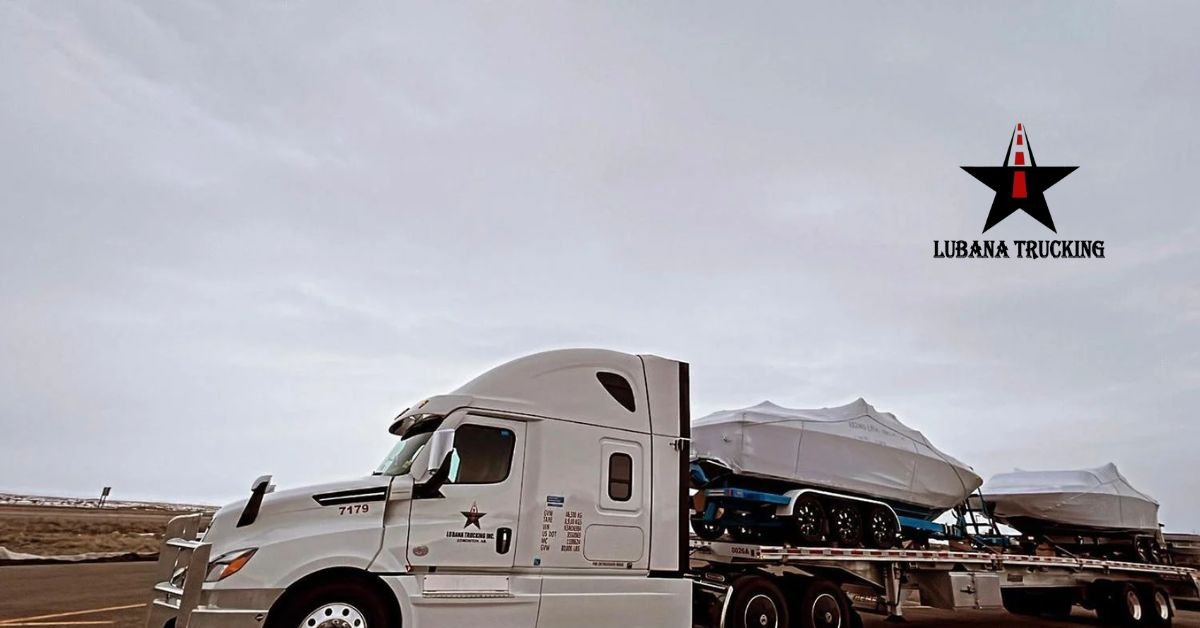Bonded Shipments
Moving freight in-bond across the U.S. can be a difficult process to get right — especially without a well-rounded understanding of how this is done.
To this point, you’ve likely felt confused about how to properly bond your shipment as the international transportation landscape is riddled with complexity.
Here at Anderson Trucking Service (ATS), we understand the predicament you’re in; without a great transportation partner, it’s not uncommon to feel overwhelmed by bonded transportation. That doesn’t mean you can’t get this right, though. After nearly seven decades in the transportation sphere, we’ve helped many shippers in this same predicament before.
In this article, we’ve outlined the major aspects of bonded shipping so you can ensure to do this correctly when it’s time to get your next load moving.
This includes:
- What is a bonded shipment?
- How does bonded shipping work?
- What is a bonded carrier?
- What is a bonded warehouse?
- What documents will you need to ship your load in-bond?
- What type of freight can be shipped in-bond?
To avoid prolonged delays, unnecessary costs and, in the worst case, a failed shipment altogether, these are crucial understandings. Let’s talk about them.
What is a Bonded Shipment?
A bonded shipment is a shipment that reaches its final destination country by way of one, or more, ancillary countries. Since it won’t be consumed or used in any of the countries traversed along the way, bonded cargo doesn’t officially undergo customs clearance until it reaches its destination country.
As a result, all taxes, duties and fees associated with a bonded shipment’s import are delayed until its terminal arrival. When arranged properly, shipping cargo in-bond helps companies ensure that their international goods are routed appropriately and aren’t “released” until they reach their final location — which can sometimes force them to pay duties and taxes multiple times.
Though there are a variety of situations where bonding a shipment makes sense, this is most commonly done when freight needs to be transported through the U.S. with plans to eventually move along to a foreign country.

Why Use Bonded Carriers?
Bonded carriers are transportation companies that have special licensing from customs authorities, allowing them to move bonded goods between points without the immediate payment of customs duties. Using a bonded carrier ensures that your shipments comply with customs regulations throughout the transportation process.
If you’re operating in Western Canada, finding reliable bonded carriers in Edmonton is crucial. These specialized carriers can move your goods efficiently across borders and to bonded warehouses, reducing potential delays at customs and maintaining the security of your shipment at every step.
How Does Bonded Shipping Work?
Shipping a load in-bond, though an excellent solution in many situations, can sometimes be challenging to get right. In order to ensure the success of this process when shipping in-bond through the U.S., each shipment must have the proper arrangements and paperwork.
Namely, two things must be accomplished before a shipment leaves its country of export:
- A bonded carrier and/or warehouse must be booked
- All documentation must be arranged
A Bonded Carrier and/or Bonded Warehouse Must Be Booked
In order to ship cargo in-bond across the U.S., you’ll need to locate and secure capacity from a bonded carrier. And, should your cargo need warehousing services during transit, a specified bonded warehouse must be used.
Although working with a customs broker and/or a competent freight forwarder will help expedite these arrangements, here’s what you should know about each of them.
What is a Bonded Carrier?
A bonded carrier is a transportation provider that is licensed to move freight through/across U.S. points of entry (ports, border crossings) without having to pay duties, taxes and/or fees on those goods during that specific portion of their transportation.
Utilizing a licensed bonded carrier allows an importer and/or consignee to transport cargo pending customs clearance until it reaches the port of entry at its destination country.
To obtain an international carrier bond, trucking companies must reach out to a surety company that has been approved by the CBP. With their help, carriers complete CBP Form 301, supplying all pertinent information to secure either a “single transaction” or “continuous” customs bond.
For the most part, when shipping a load that originates in Canada or Mexico across the U.S. in-bond, the bonded carriers used also have international authority — allowing them to cross the border and legally operate in multiple countries.
What is a Bonded Warehouse?
A bonded warehouse is a legally authorized building or secured area where cargo — which will eventually be transported to a foreign country for consumption/utilization — can be housed, handled and/or manufactured without having to pay U.S. customs duties and taxes during its duration at that warehouse.

By and large, bonded warehouses are managed by either a private party (in which situation a customs bond is required) or the U.S. government.
Documentation Needed For Bonded Freight Transport
There are several central documents to the bonded transportation process. Getting your freight transported effectively will take a firm understanding of what’s required of you.
Here are the main documents that are often required to ship a load “in-bond:”
- In-bond application
- Customs Bond
- CBP Form 7512
- Commercial invoice
- Bill of lading
- Packing list
Let’s talk a bit about each of them. . .
What is an In-Bond Application?
An in-bond application is a comprehensive outline of shipment information and transit details that must be submitted to the CBP via an approved electronic data interchange (EDI).
Every in-bond application submitted to the CBP must include the following information:
- A description of the merchandise/commodity in transit: this description must sufficiently relay specific cargo details so that the CBP can determine which governmental agency regulates it.
- The commodity’s HTSUS number: every type of commodity has an assigned six-digit Harmonized Tariff Schedule of the United States. This number should be provided.
- Quantities: all cargo quantities must be included as specifically as possible, listing the total quantities of the “smallest external packing unit.”
- Container seals and number (where applicable): every in-bond application for containerized cargo must include that container’s number and its related seal number (the number associated with the container’s seal).
- Cargo Destination Within the U.S.: international shipments that are headed toward a U.S. port for export must specifically list the name of that port. If the shipment is destined for a border crossing, that information must be listed.
- Any additional identifiers: any other unique identifying information associated with this shipment must be included in the in-bond application submitted to the CPB. This includes things like entry numbers, visas or licenses issued by the U.S. or any foreign government.
What Is a Customs Bond?
A customs bond is a contract held between the principal importer or shipper of a product, a Surety company and the U.S. Customs and Border Protection (CBP) agency. Through the issuance of a line of credit — from a Surety company to the U.S. government — customs bonds contractually ensure that the principal party responsible for paying for the freight pays all taxes and duties at the appropriate time.
Without a customs bond in place, no shipment can enter the U.S. as these documents protect the CBP in the event that duties and taxes aren’t paid.
In order to successfully ship cargo in-bond, the shipper (seller) and importer (buyer) must have a cargo bond in place as well as a commercial invoice, bill of lading and packing list.
What is CBP Form 7512?
This document, which is crucial to bonded cargo transportation, outlines when freight will enter the U.S. and where, identifies how it will reach its final destination, who the consignee of all goods are, which foreign ports/entrances it will interact with and provide information estimating departure/export dates. Here is a copy of the CBP Form 7512 for your reference.
What is a Commercial Invoice?
Commercial invoices, also commonly referred to as “proforma” invoices (in the U.S.), are a shipment’s preliminary bill of sale. Your shipment’s commercial invoice should include the following information:
- The name, address and distinguishing information for the party selling all goods.
- The name, address and distinguishing information for the party purchasing all goods.
- The declared value of all merchandise being moved.
- Your commodity’s full description with its HTSUS number.
What is a Bill of Lading?
Bill of lading forms document freight services, forming an outline of a shipment’s journey, complete with information such as how freight will be transported, the names and contact information of all parties (consignee, carrier, freight forwarder, etc.).
Depending on your cargo’s transport concept, the format of its bill of lading of which there are multiple types will change.
What is a Packing List?
Your packing list should outline information specific to the cargo in transit. This includes the specific commodity in transit, its final destination and the dimensions/quantities of each item. This will help U.S. customs officials understand where their duties lie in relation to your products.
What Kind of Cargo Can Be Shipped In-Bond?
When accompanied by the proper documentation, the vast majority of cargo can be shipped in-bond throughout the U.S.
This includes containerized cargo (transported via chassis), open deck and dry van freight and products that arrived via roll-on/roll-off or breakbulk ocean transport. To help you make arrangements for your next in-bond shipment it’s important that you work with a transportation provider that has experience in this area.

What Will International Shipping Cost You?
With an understanding of what bonded shipments are, how this process should be arranged and what kind of cargo you can realistically ship, we hope you’re a bit more comfortable now.
For what it’s worth, shipping a load in-bond doesn’t need to fill you with dread. You can get this right.
Another question we’re commonly asked regarding this process is “what will this cost me?”
If you have similar concerns and would like some more information on how international freight rates are calculated,
Or, if you’d like an exact price for your next bonded shipment, calculated to get your shipment moved without a hitch, reach out to us today.
The Role of Bonded Trucking Companies
When it comes to moving bonded shipments, not just any trucking company will do. You need experienced bonded trucking companies in Edmonton that understand the complexities of customs regulations and have the appropriate permits in place.
Bonded trucking companies offer:
- Secure, customs-approved transportation of bonded goods.
- Specialized routes designed to minimize customs delays.
- Expertise in handling paperwork and compliance requirements.
- Real-time shipment tracking to maintain chain-of-custody visibility.
Choosing the right bonded trucking partner ensures your goods reach their destination quickly and legally—helping you avoid penalties, shipping delays, and unnecessary costs.
When Should You Use Bonded Shipments?
Bonded shipments are particularly beneficial in several scenarios, such as:
- Importing goods for storage before resale or distribution.
- Shipping goods that will transit through one country en route to another.
- Holding goods pending customs clearance or duty payment.
- Managing inventory closer to customers without incurring immediate tax liabilities.
For businesses looking to optimize their supply chain and cash flow, leveraging bonded shipments and trusted bonded carriers in Edmonton is a strategic move.
Conculsion
In a world where time and money are of the essence, bonded shipments provide businesses with the flexibility to manage international cargo efficiently. By partnering with experienced bonded trucking companies Edmonton, you can navigate customs regulations seamlessly and keep your supply chain running smoothly.
Whether you’re expanding into new markets or streamlining your current operations, understanding and using bonded shipments can give your business a significant edge in today’s competitive landscape.



